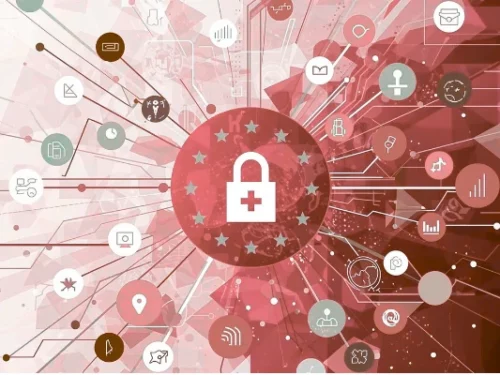E-time | the software company
Who do DORA and NIS2 apply to?
The DORA Regulation targets operators in the financial sector. This includes a wide range of entities such as banks, insurance companies and investment firms, as well as critical ICT providers, for example cloud services and data centers that support the activities of financial intermediaries.
The NIS2 Directive, on the other hand, has a much broader scope. It covers strategic sectors in both the public and private spheres, including energy, transport, healthcare, digital infrastructure, and public administrations. Within this framework, operators are classified as Essential Entities (EE) or Important Entities (IE), based on criteria such as organizational size and economic volume.
When a financial entity falls under both regulations, the provisions of DORA take precedence, serving as a specialized framework over the general rules established by NIS 2.
What are the differences between DORA and NIS2
Although both DORA (Digital Operational Resilience Act) and NIS 2 share the primary goal of strengthening digital resilience and cybersecurity in the EU, they differ in their characteristics and scope of application.
The main distinction lies in their legal form: DORA is a regulation, directly applicable in all Member States without the need for national transposition, ensuring uniform implementation. NIS 2, on the other hand, is a directive, which sets out general objectives but allows individual countries the flexibility to transpose them into national law, potentially resulting in differences in interpretation and application.
The scope of application is another key differentiator: DORA focuses specifically on the financial sector, providing a specialized framework for banks, insurance companies, funds, and critical ICT providers. NIS 2 has a broader scope, covering a wider range of designated entities.
Finally, DORA stands out for its high level of operational detail and precision in its requirements for digital resilience, to the extent that it can serve as a practical reference for implementing NIS 2 requirements within the financial sector.
ICT Risk Management under NIS2 and DORA
Both DORA and NIS 2 impose strict obligations for ICT risk management, with the aim of strengthening the digital resilience of organizations. Both regulations emphasize the need for a governance model that integrates cybersecurity into corporate strategies and assigns direct responsibilities to executive bodies.
Regarding ICT risk, DORA adopts a highly structured approach, requiring the implementation of comprehensive risk management frameworks, the development of business continuity plans and disaster recovery strategies, and the establishment of proactive procedures to monitor and mitigate risks associated with third-party providers.
For ICT risk management, the NIS 2 directive sets out mandatory minimum measures, with particular attention to the security of suppliers and the supply chain. On the incident reporting side, the regulation establishes strict obligations, requiring the prompt notification upon detection of significant events.
Incident Reporting Requirements under NIS2 and DORA
Both NIS 2 and DORA define clear obligations for the management and reporting of security incidents.
NIS 2 requires that security incidents be reported to the competent authorities, sending a preliminary alert to the CSIRT (Computer Security Incident Response Team) within 24 hours of discovering the event and submitting the official notification within 72 hours of the incident.
DORA, on the other hand, establishes a more detailed and stringent reporting process for the classification, management and notification of ICT incidents, aiming to ensure that financial infrastructures can remain operational and resilient even in the event of severe attacks.
Rexguard: the solution for Regulatory Compliance
Rexguard is a GRC (Governance, Risk & Compliance) platform designed to centrally and seamlessly manage all aspects of digital security. It supports the handling of incidents, vulnerabilities, non-conformities, corrective actions and audits, providing a comprehensive and integrated overview of an organization’s security posture.
Through workflow automation and a structured approach to process management, Rexguard enables rapid incident response, continuous monitoring of ICT risks and effective oversight of all activities required to meet regulatory obligations.
In particular, the platform facilitates compliance with NIS 2 and DORA, offering tools for risk management, supply chain security and mandatory reporting to supervisory authorities.
Discover E-time’s GRC Platform








